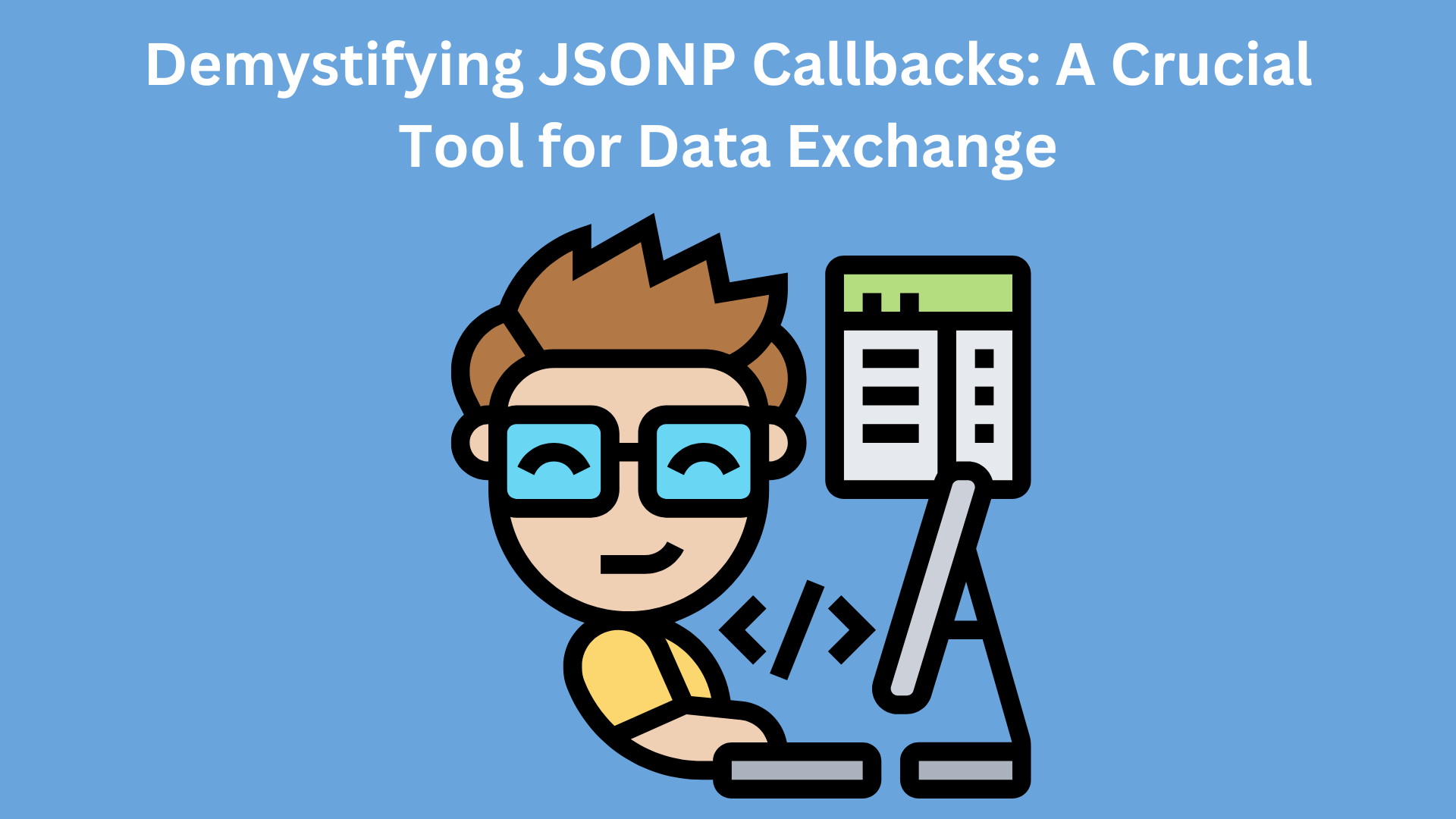In the realm of web development and data exchange, understanding JSONP callbacks is paramount for both developers and businesses alike. JSONP (JSON with Padding) callbacks facilitate cross-domain data retrieval, enabling seamless communication between different web applications. In this guide, we'll delve into the intricacies of JSONP callbacks, exploring their significance, implementation, and benefits.

What is a JSONP Callback?
A JSONP callback is a technique used to overcome the limitations of the same-origin policy in web browsers. This policy restricts web pages from making requests to domains other than the one they originated from. JSONP circumvents this restriction by dynamically injecting a <script> tag into the HTML document, allowing data to be retrieved from a different domain.
How Does a JSONP Callback Work?
When a client needs data from a different domain, it requests a JavaScript file from that domain, passing a callback function name as a parameter. The server then wraps the data in this callback function and returns it as a script. Upon execution, the callback function processes the data, enabling cross-domain communication.
Benefits of Using JSONP Callbacks
1. Cross-Domain Data Exchange: JSONP callbacks enable seamless data exchange between domains, facilitating the integration of diverse web services and APIs.
2. Compatibility: JSONP is supported by all major browsers, ensuring broad compatibility across different platforms and devices.
3. Asynchronous Loading: By loading data asynchronously, JSONP callbacks enhance the responsiveness and performance of web applications, providing a smoother user experience.
4. Simple Implementation: Implementing JSONP callbacks is straightforward, requiring minimal configuration and setup compared to other cross-domain communication techniques.

Implementation of JSONP Callbacks
To implement a JSONP callback, developers typically create a callback function and dynamically generate a <script> tag with the desired URL, passing the callback function name as a parameter. Upon receiving the script, the callback function processes the returned data accordingly.
function processData(data) {// Process the retrieved data here}
var script = document.createElement('script');script.src = 'https://example.com/data?callback=processData';document.body.appendChild(script);
Conclusion
JSONP callbacks play a pivotal role in facilitating cross-domain data exchange, offering developers and businesses a powerful tool for integrating disparate systems and services. By understanding how JSONP callbacks work and harnessing their capabilities, organizations can unlock new possibilities for data-driven innovation and collaboration in the digital landscape.
FAQs
1. Are JSONP callbacks secure?
While JSONP callbacks provide a convenient mechanism for cross-domain data retrieval, they can pose security risks if not implemented properly. It's essential to validate and sanitize data to mitigate the risk of malicious attacks such as cross-site scripting (XSS).
2. Can JSONP callbacks handle complex data structures?
Yes, JSONP callbacks can handle complex data structures, including nested objects and arrays. However, developers must ensure proper parsing and manipulation of the returned data to avoid errors and inconsistencies.
3. Are there any alternatives to JSONP callbacks?
Yes, there are alternative techniques such as Cross-Origin Resource Sharing (CORS) and server-side proxying that offer more robust solutions for cross-domain communication in modern web development.
4. Is JSONP still relevant in today's web development landscape?
While JSONP has been largely superseded by more modern techniques like CORS, it remains relevant in certain scenarios, particularly when dealing with legacy systems or third-party APIs that do not support CORS. However, developers should evaluate their specific requirements and consider adopting more secure and standardized approaches where possible.